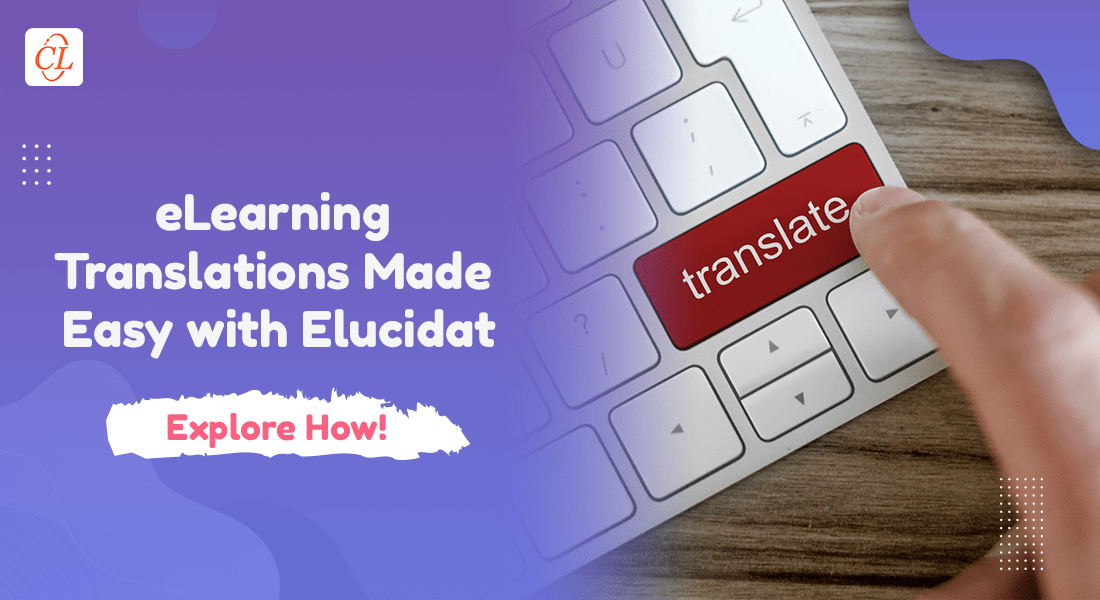Can Google Translate be a Substitute for Human Translation Services?

In the last few months I have read many articles on machine translation while researching in my realm. These articles prompted me to share my thoughts on the reality of machine translation. If you are looking to translate your websites and documents in a short span, you can find plenty of tools available on the internet. There are tools like FoxLingo, Beolingus and Translate 2.0. Technology giants such as Google and Yahoo are offering free translation tools namely Google Translate and Yahoo Babelfish translation tool.
Being a research analyst in Translation domain, I was curious about the accuracy of these tools. I found out that Google Translate gives a relatively better translation output compared to the other machine tools. However, can it replace professional translations? Can it really replace the capabilities of human translators? Not really. Here are my findings about Google Translate why it can’t replace human translators.
When Can Google Translate be Used?
Google translate is a good option to translate when you have very little time on hand and when you do not want to spend any money for the effort. The service is free of cost. It can be used
- To get knowledge on how the content is translated from one language to other.
- To translate bite sized content as you can get relatively more accurate information than when you are translating lengthy documents.
- In case of urgency when you need immediate solutions and human translators aren’t available.
When Should Google Translate not be Used?
Google Translate Doesn’t Really Translate:
Google translate doesn’t translate your documents, but it scans all the related documents and webpages and comes with an output. Unlike other translation tools, Google Translator checks for the patterns in databases to translate the given content. It is called as “Statistical Machine Translation”. Despite that, it is not perfect and cannot be a 100% substitute for a professional translation. The reason is that there is no logical sentence structure and flow in the translated language. A person with basic knowledge of the language can easily identify the errors.
Uses Intermediary Languages for Translations:
Even though Google Translate offers translations in 65 languages, not all are directly translated. If the content needs to be translated from Chinese to Romanian, the content is first translated to the most used language, English first, and then to Romanian. As a result, the quality of the final output is questionable.
Google Translate is not Devoid of Verbatim:
Verbatim means word to word translation. You can find the meanings of words using machine translation but their placement in sentences is important as sometimes the order in which they are placed could change the meaning of the sentence. If correct prepositions or connecting words are not used the result will be misleading or incomprehensible sentences. Thus, you cannot get a great translation yield. Even though Google translate uses statistical tool for translation you can’t always have proper structure & flow in the sentences as accurately as human translators can provide.
No Quality Assurance:
A certified translation partner assures you of the quality of translation provided. There is a specified procedure followed in the translation process. Once the translation is done by the translator, the proofreader reviews the translation and checks to ensure standards are maintained. The QA specialist checks for the quality of translation. If you are translating your enterprise content through machine translation, you can never be sure about the quality of translation.
No Verbal Nuances:
Verbal nuances refer to jargon specific to a particular language. During e-learning course translations, there are instances when a particular word, phrase or term does not have an equivalent term in the target language. If the sense is not interpreted accurately, it builds a communication gap. The learner is unable to get accurate information from the course and ultimately fails in reaching the learning objectives.
You Cannot Find Words which are not in Database:
When using Google translate or for that matter any other machine translation tools, you will not find translation for terms which are not there in the database. If you are seeking translation for a new word, which is not is in the database, the tool is unable to show any translation or related word.
Google translate is a good tool to get quicker translations and can be used to find meanings of words in foreign languages or to get to know the gist or meaning of any given paragraph or text of an unknown language. However, it cannot take the place of professional translations because of poor quality. Machines cannot replace humans and a certified human translator can give better translation output for translating your eLearning courses.





